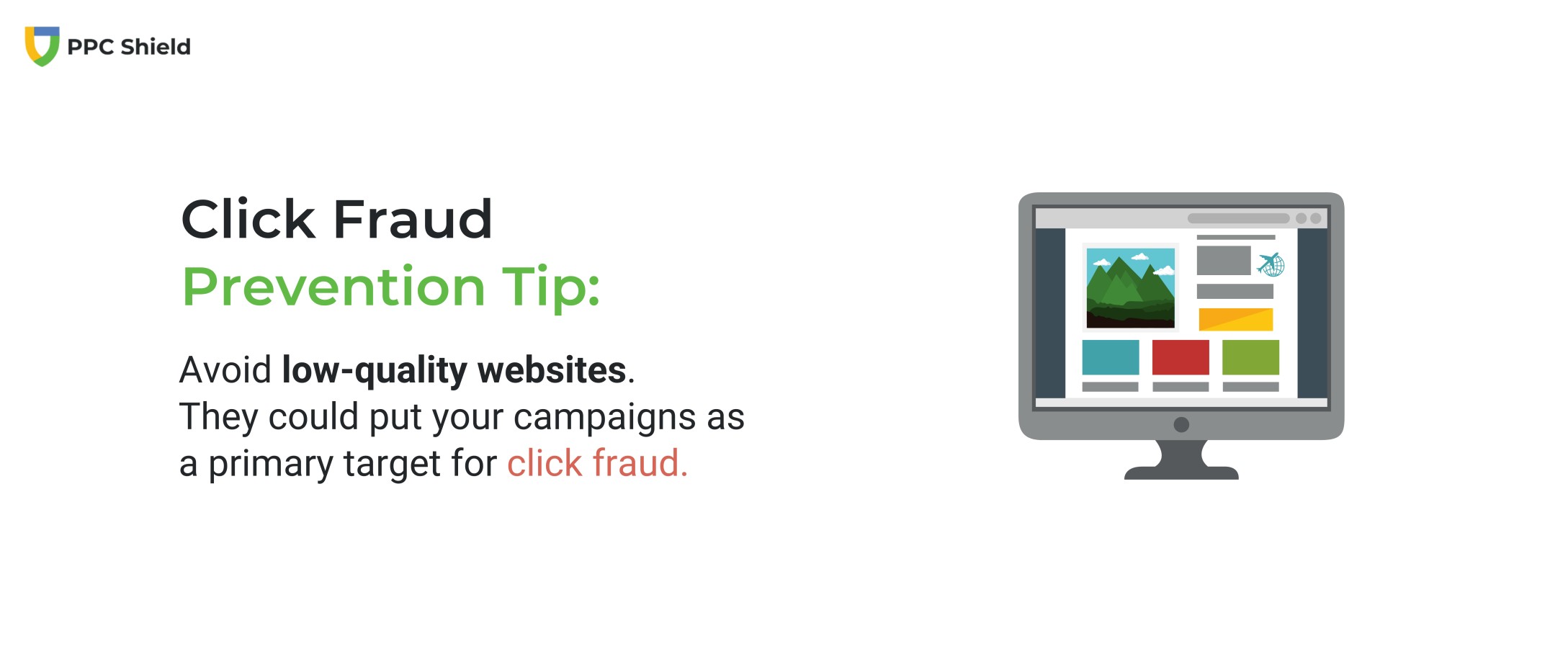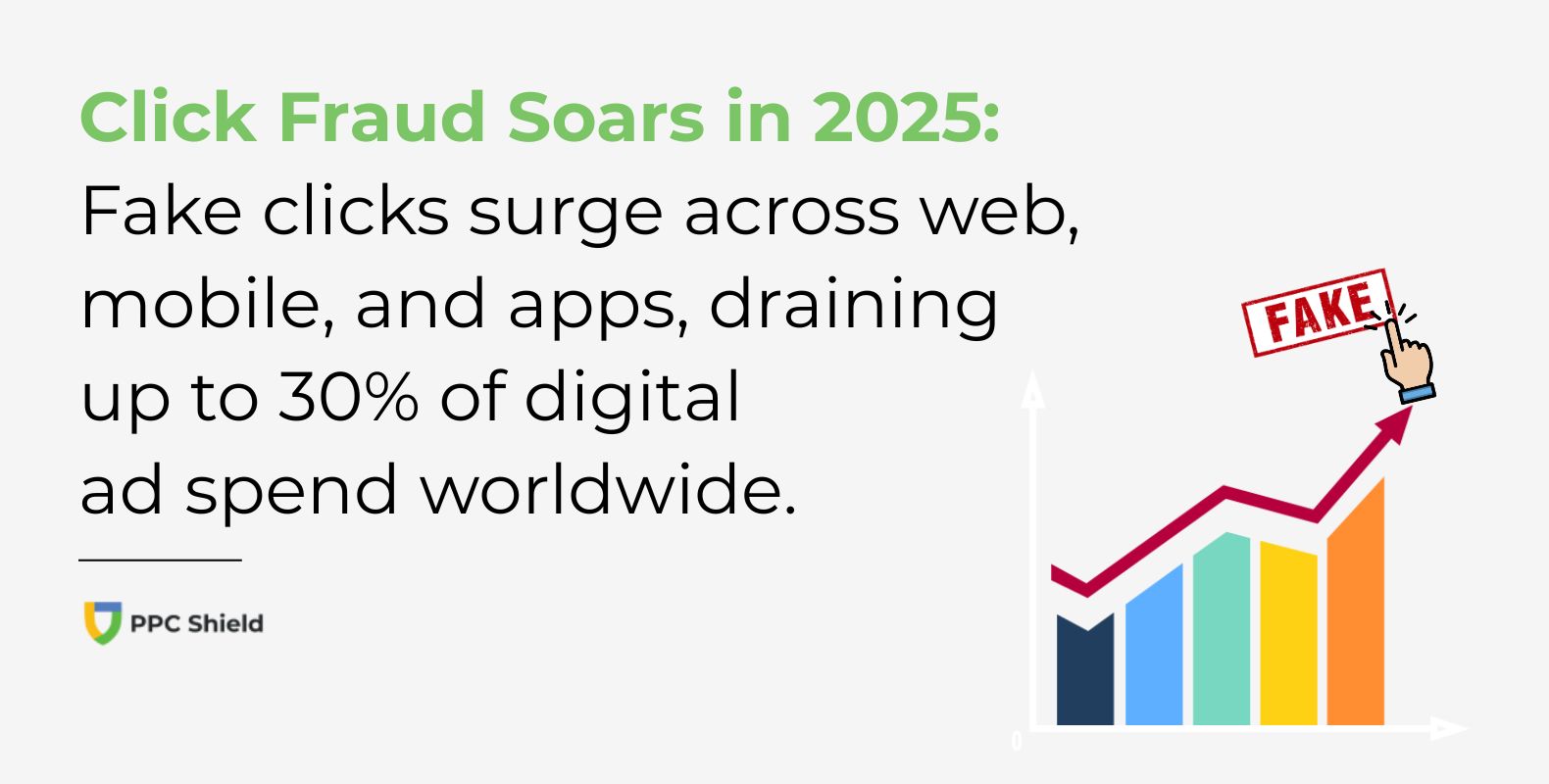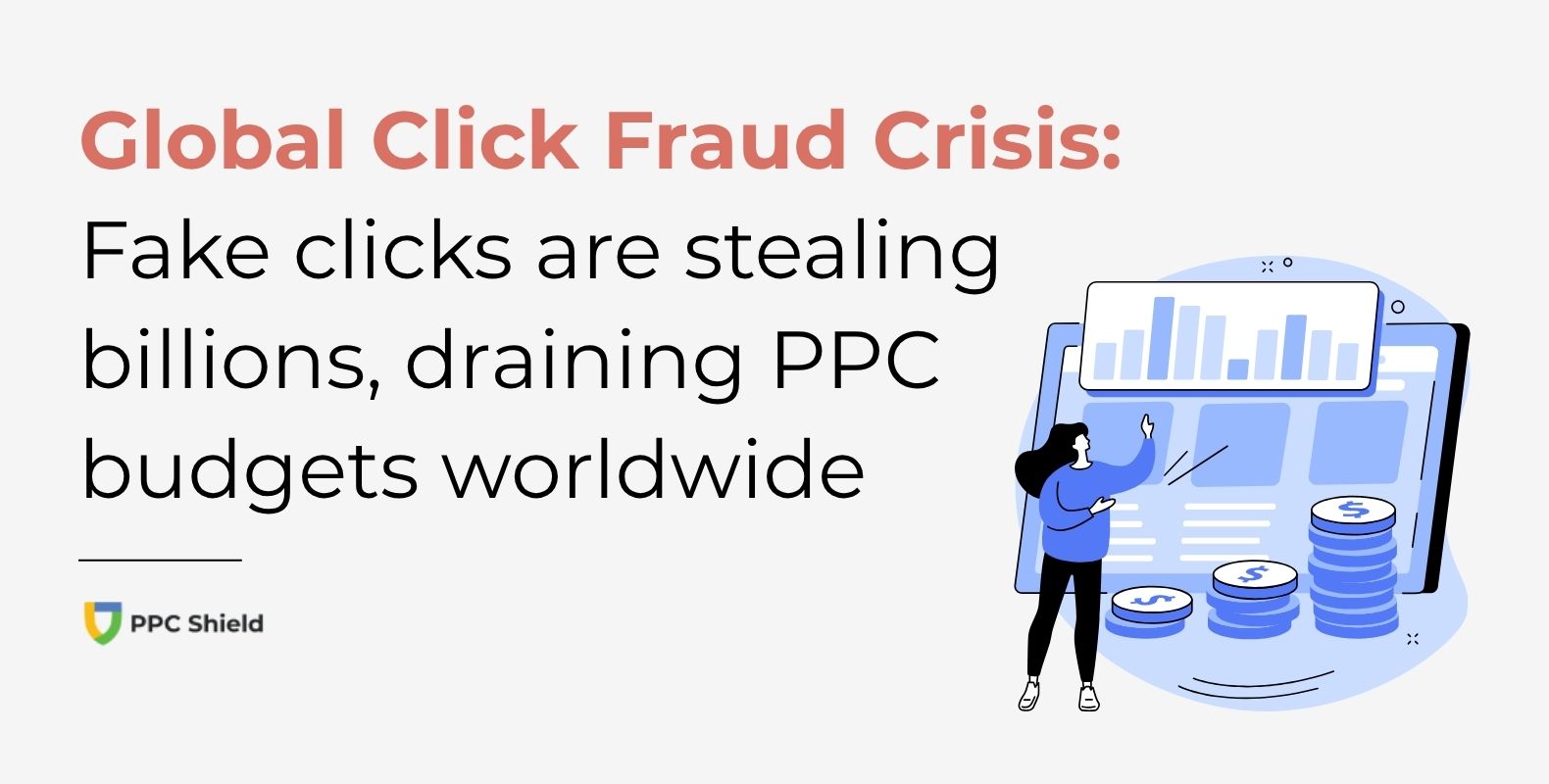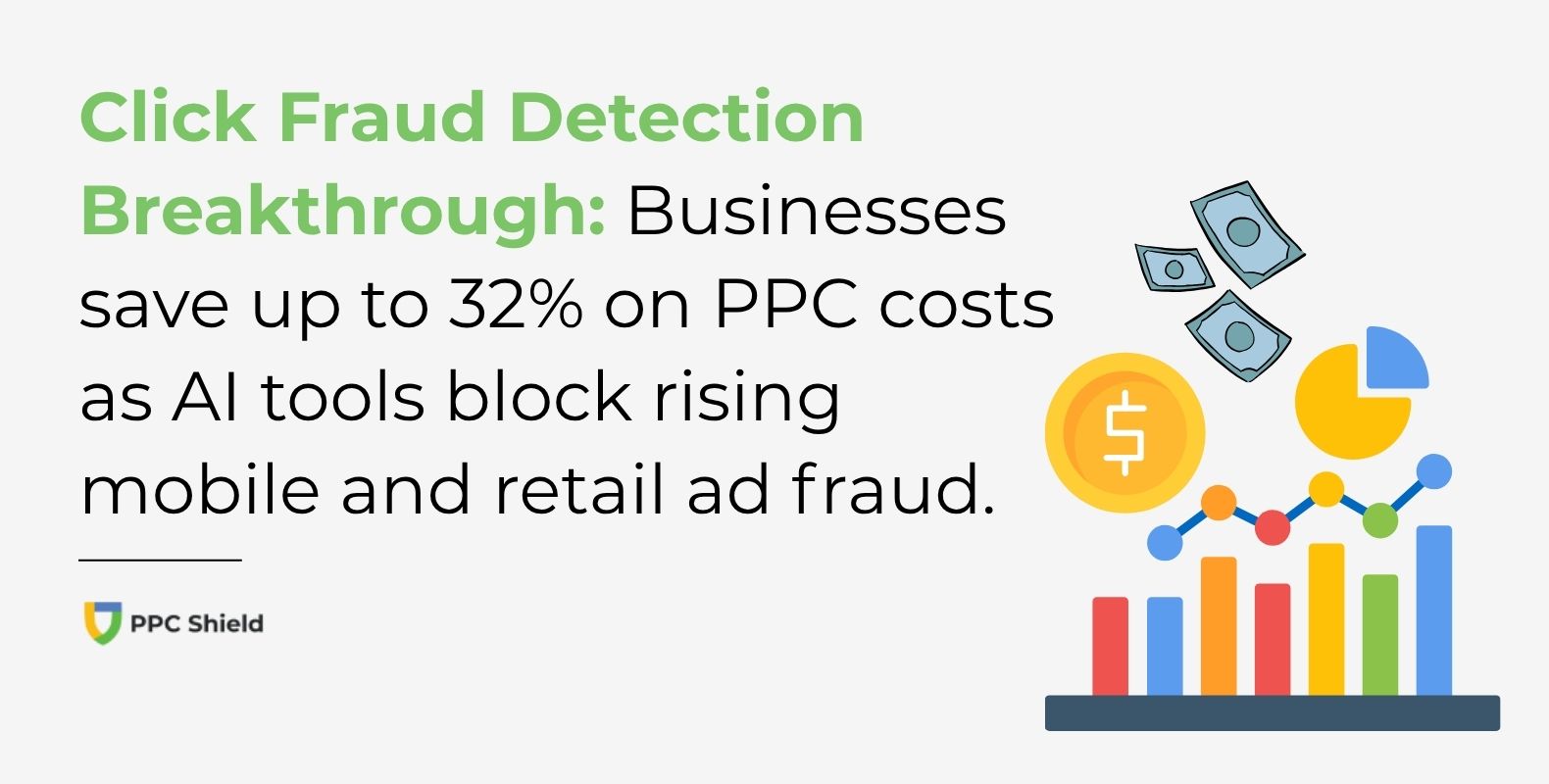Bot Traffic Costs Advertisers $170 Billion as Verification Systems Fail
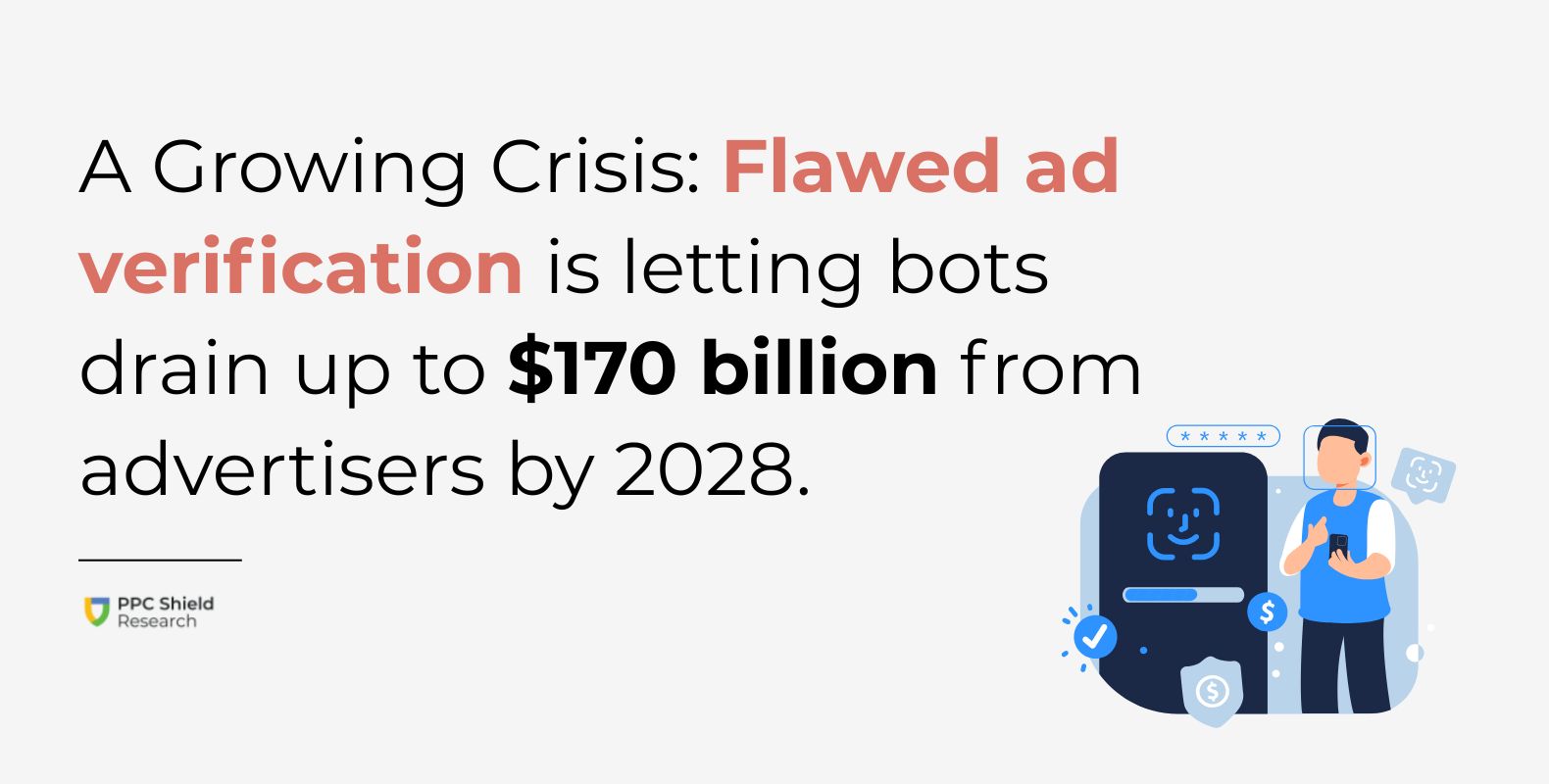
A new study by PPC Shield reveals that ad fraud detection systems are failing advertisers at an alarming rate, with brands paying billions for bot clicks that major platforms claim to block.
The analysis found that undetected invalid clicks in pay-per-click advertising average between 14-22% of total traffic, with financial impact projected to reach $170 billion by 2028. This represents a substantial portion of digital advertising budgets being wasted on non-human interactions.
More concerning is the gap between what verification vendors claim and what independent testing reveals. Integral Ad Science (IAS), which claims to validate 100% of bid requests, was found to have labeled 77% of known bot traffic as “valid human” in recent tests by Adalytics.
More concerning is the gap between what verification vendors claim and what independent testing reveals. Integral Ad Science (IAS), which claims to validate 100% of bid requests, was found to have labeled 77% of known bot traffic as “valid human” in recent tests by Adalytics.
Scale of Global Ad Fraud
The problem extends to the largest advertising platform in the world. Google Ads, which positions itself as a “trusted verification partner,” was caught serving ads to bots crawling from Google’s own cloud servers, according to the same Adalytics investigation.
Perhaps most alarming is the scope of affiliate marketing fraud, where between 25-45% of all affiliate traffic is fraudulent, according to data from mFilterIt. This happens through sophisticated cloaking techniques that hide fraudulent pages from detection tools.
The Association of National Advertisers estimates total ad fraud across all channels costs advertisers $120 billion annually worldwide, making it one of the largest sources of financial waste in marketing.
Top 5 Ad Fraud Findings
1. Undetected Invalid Clicks
Data: 14-22% of PPC traffic, up to $170B by 2028
Source: Juniper Research, Yahoo Finance
2. Total Ad Fraud Cost
Data: $120B annually worldwide
Source: Association of National Advertisers
3. False Validation
Data: 77% of known bots labeled as “valid human”
Source: Adalytics
4. Google's Own Bots
Data: Ads served to bots from Google’s own servers
Source: Adalytics
5. Affiliate Cloaking Fraud
Data: 25-45% of affiliate traffic is fraudulent
Source: mFilterIt
Independent Studies Reveal Alarming Trends
The study also found concerning evidence from academic research. A study by Oxford BioChronometrics found that between 88-98% of ad clicks were made by bots, with the highest percentage (98%) occurring on the Google ad platform. The researchers found “no instances where we were not charged for an ad-click that was made by any type of bot.”
The researchers identified six distinct categories of bots, ranging from basic click-only bots to “humanoid” bots that use sophisticated techniques like Bezier curves to mimic natural mouse movements. Over 10% of detected bots were classified as highly advanced, requiring complex behavioral modeling to detect.
Less Discussed But Critical Issues
The research also identified several systemic problems that receive less attention but contribute significantly to ad fraud:
Even when bots openly identify themselves through proper protocols, many ad platforms still serve and charge for ads shown to these declared non-human visitors. In these cases, detection does not translate to prevention.
Verification tools primarily examine traffic that follows normal patterns, missing the more sophisticated fraud. Cloakers use geotargeting and IP filters to show legitimate content to auditors while serving fraudulent content to regular users.
AI-generated websites increasingly mimic human content with proper scroll patterns and click timing, making traditional detection methods ineffective. These sites create an artificial appearance of legitimacy while generating fraudulent clicks.
The verification industry’s response to these findings has been notably muted. After Adalytics published findings about Human Security, despite being “MRC-accredited for Sophisticated IVT,” the company offered no comment or explanation.
While simple bot prevention works against basic automation, more sophisticated bots remain undetected because they mimic natural entropy in scrolling and clicking patterns, appearing statistically similar to human behavior.
Additional Fraud Detection Failures
Explanation: Declared bots still served ads
Impact: Brands pay for impressions bots admit are fake
Explanation: Declared bots still served ads
Impact: True fraud never seen by auditors
Explanation: Bots mimic human behavior patterns
Impact: Fraudulent sessions appear “normal”
Explanation: Declared bots still served ads
Impact: Brands pay for impressions bots admit are fake
Explanation: Sophisticated bots appear human
Impact: Basic detection tools fooled
Jacques Zarka, Senior Analyst from PPC Shield, said: “The digital advertising ecosystem has created an illusion of safety while billions in ad spend disappear to sophisticated fraud. Advertisers are told their traffic is human-verified when our research shows verification systems are failing at an alarming rate.”
“What’s particularly concerning is that even when bots properly identify themselves through technical protocols, advertisers are still being charged for these non-human interactions. Until the industry rebuilds its detection infrastructure from the ground up, independent verification using behavioral simulation remains the only reliable protection,” Zarka added.
The study recommends advertisers implement independent click fraud detection systems that use real behavioral simulation, geographic rotation, and comprehensive proof-logging to identify sophisticated fraud that platform-native tools miss.


